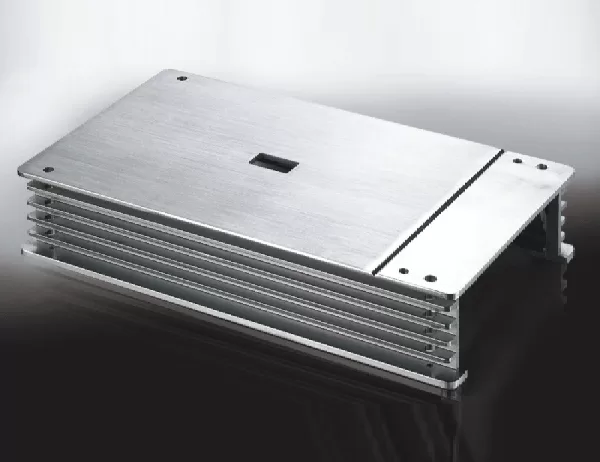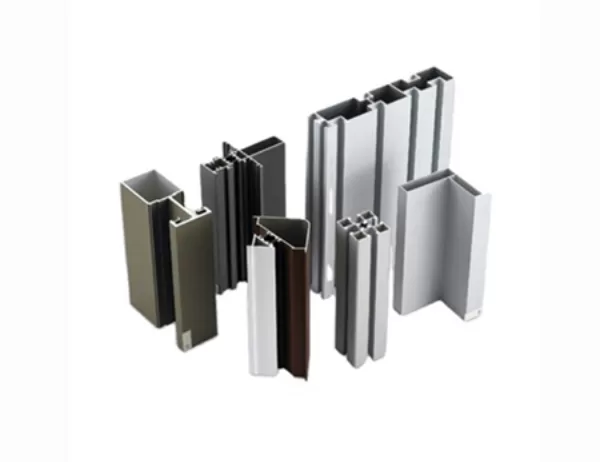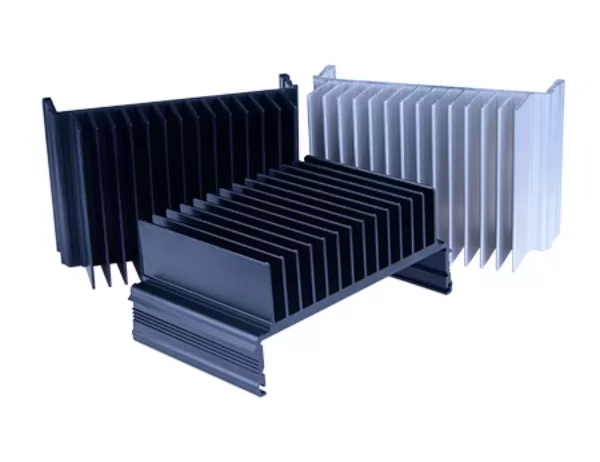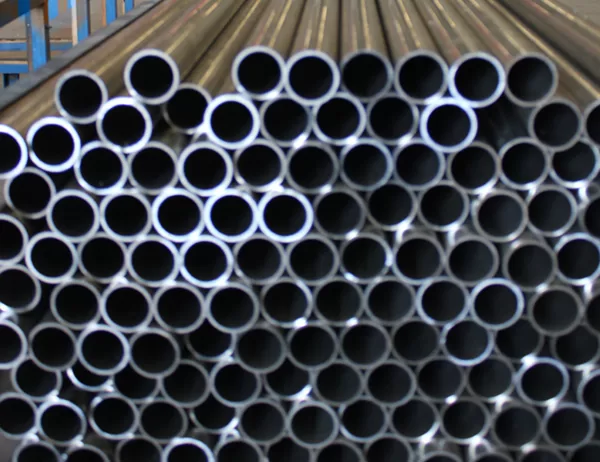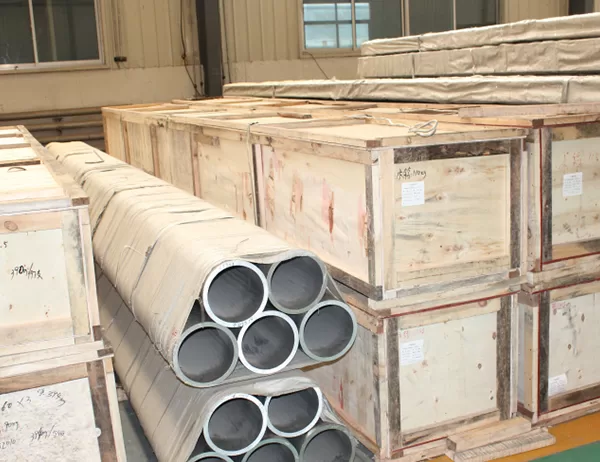In the realm of renewable energy, solar aluminum profiles stand as beacons of innovation, harnessing the power of the sun to illuminate our lives. These sleek and efficient components play a pivotal role in the construction of solar panels, transforming sunlight into electricity.
Composition and Design
Solar aluminum profiles are meticulously crafted from corrosion-resistant aluminum alloys, ensuring durability and longevity under harsh outdoor conditions. They are engineered with precision to provide optimal structural support and maintain proper alignment of solar cells.
Anodization Process
To enhance absorption and reduce reflection, solar aluminum profiles undergo an electrochemical process called anodization. This process creates a protective oxide layer on the surface, increasing the efficiency of solar panels by capturing more sunlight.
The Electrical Connection
Solar aluminum profiles act as electrical connectors, facilitating the flow of current from solar cells to the rest of the system. They are fitted with conductive rails or busbars that collect the electricity generated by the photovoltaic modules.
Environmental Benefits
Solar aluminum profiles contribute significantly to environmental sustainability. Aluminum is a highly recyclable material, reducing waste and preserving natural resources. Moreover, solar panels harness a clean and inexhaustible source of energy, mitigating greenhouse gas emissions and promoting a greener future.
Applications
Solar aluminum profiles find widespread application in various sectors, including:
Solar farms
Residential and commercial buildings
Architectural canopies
Portable and mobile solar systems
The technology behind solar aluminum profiles embodies a fusion of science and engineering. By understanding their composition, design, and functionality, we appreciate the pivotal role they play in harnessing solar energy and advancing the transition to renewable, sustainable power sources.
